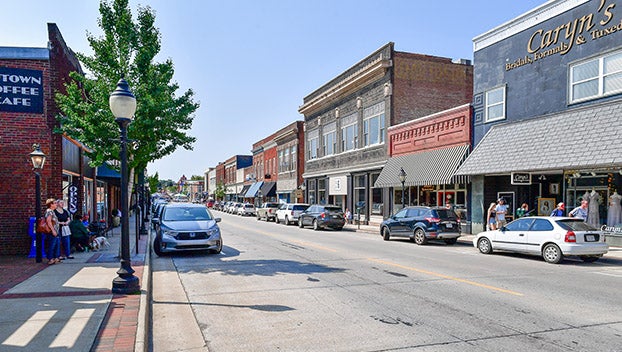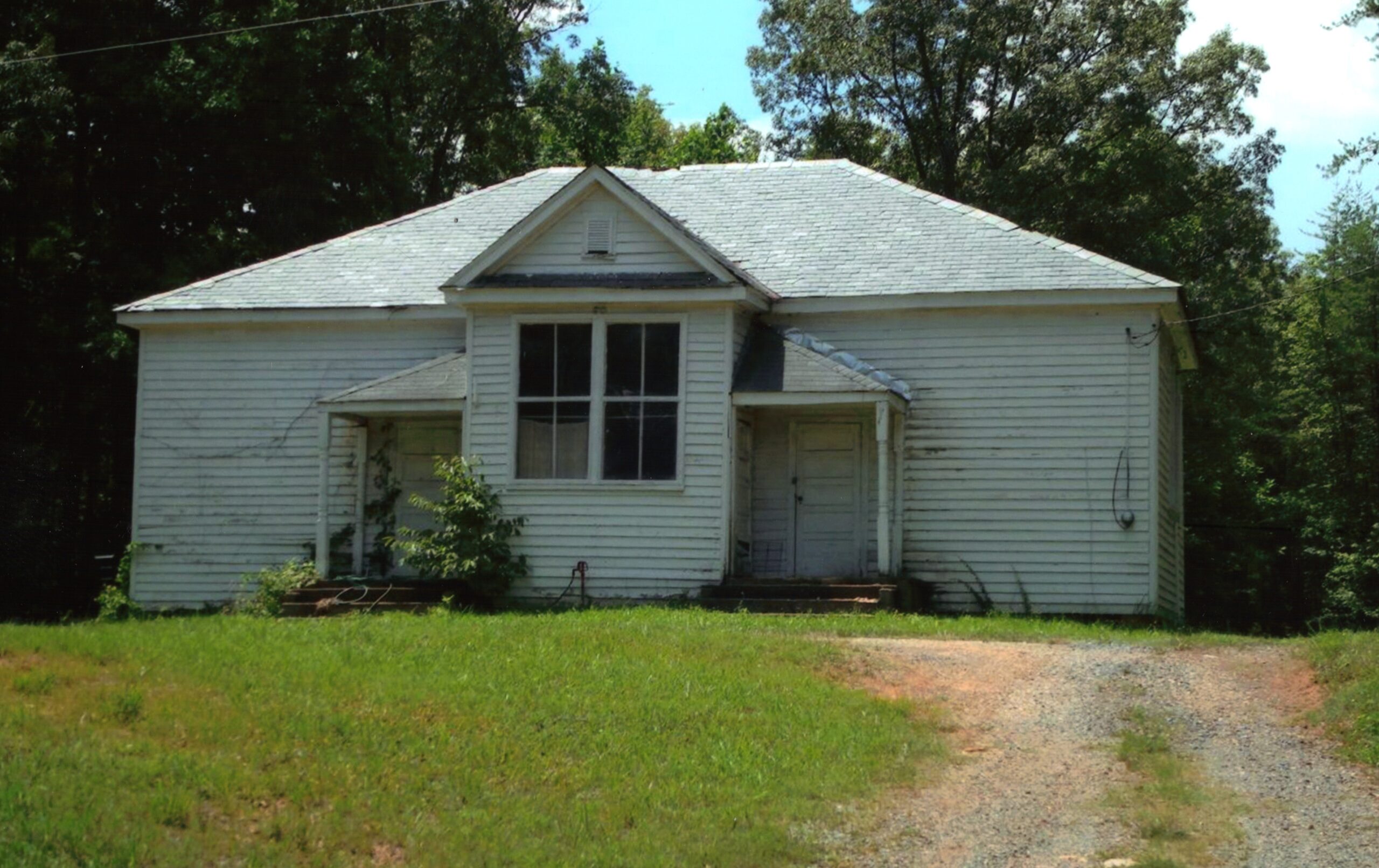No change on metallic mining after Buckingham meeting. Here’s why
Published 6:40 am Wednesday, June 21, 2023
|
Getting your Trinity Audio player ready...
|
DILLWYN – In the end, they decided to leave things as they are, at least for now. On Tuesday, June 20, the Buckingham County Planning Commission weighed several proposals on how to change things about the county’s approach to metallic mining. But legal concerns tabled all of those, with the majority of commission members deciding to just wait and make any changes this fall, winter and next year, as they work on redoing Buckingham’s comprehensive plan.
“We have been charged by the board of supervisors to write an ordinance, basically a ban,” said Planning Commission Chairman John Bickford. “But I don’t feel like, especially after hearing from all of the experts and (County Attorney E.M.) Wright, that we have the ability to do that without putting the county in legal jeopardy.”
Wright had spoken to the group during a special Monday, May 15 work session, saying he saw four options before them.
Trending
“You could (give a recommendation) to ban mining,” Wright said. “[You] could ban metallic mining. You could make adjustments to current ordinances (or) not change anything at all.”
The group decided to basically take option four, with any changes coming during the update to the county’s comprehensive plan, which determines what is allowed in each zoning district. But not before one commission member laid out a proposal of his own.
Where is metallic mining currently allowed?
Before we get into that, we need to explain the current situation. Currently in Buckingham County, mining is allowed in two districts. In Buckingham’s zoning, manufacturing districts are labeled as M-1 or M-2. In the M-1 districts, commercial core drilling is allowed by right. That means a company can drill without requesting a special use permit. Mining of any type is also allowed in the M-1 district by permit, which means the company comes before the Buckingham planning commission and supervisors and makes the request. In the M-2 district, mining is just allowed, with no permit needed.
Buckingham has two areas right now where that’s in effect. One is on Route 15 and the surrounding area near Dillwyn, where the Kyanite Mining Corporation is working. The second is also on Route 15, just off Bridgeport Road in the Slate Quarry area. There is no metallic mining happening in either area.
Peter’s proposal, part one
During Tuesday’s meeting, commission member Peter Kapuscinski laid out a proposal of his own. Pointing out the group had heard from experts, listened to industry people, asked questions and read for more than six months, he argued they were ready to make a decision. His proposal had five parts.
First, he wanted to leave things the way they are in the M-1 district, with companies having to ask for a special use permit anytime they explore a new area or before mining in a new location.
Trending
“It gives us an opportunity to review the application, bring in the experts when they’re required, talk to the industry as well as bring in the public to hear their concerns,” Kapuscinski said.
Second, he wanted to change M-2, where mining is currently allowed by right, to the same formula. Basically, he suggested all new metallic mining in the county require a special use permit. By limiting that to new metallic mining, he hoped to avoid any impact on companies currently operating.
“(That) would allow us to take a look at the applications that would come here, look at those applications, bring in our experts where they might be needed, (and) also talk to the industry experts as well as the public,” he added.
A legal concern
The problem, Wright cautioned, is that by changing it for only new metallic mining operations, he was concerned the county would run afoul of state law.
“(The) state classifies mining as mining without differentiation,” Wright said. “The problem, if you start treating one type of mining differently from the other type of mining, you’re subject to attack on not being uniform.”
Also, current Buckingham companies like Kyanite Mining Corporation had issues with that part of the plan. As the commission heard multiple times this spring, the state doesn’t differentiate between metallic mining and any other kind. Kyanite owns 2,200 acres in Buckingham, but is only mining a couple hundred. Under the proposal, they would have to come back and ask permission to dig once they move into any of the untouched land they own.
“Right now, when we move over five feet, we don’t have to come ask for a special use permit,” Kyanite owner Kai Dixon said. “
Dixon also pointed out that while the commission said they didn’t want to hurt existing companies, since there are no applications for new mining operations in Buckingham, operations like his are the only ones they would immediately affect.
“(And) if that’s what you’re talking about, it seems a little weird,” Dixon said.
Peter’s proposal, part two
Another part of Kapuscinski’s proposal involved banning the use of “heavy metals and toxins that accumulate in the soil or under the water in the processing of ore other than materials from mining operations, unless in a fully enclosed system.” This would have included things like cadmium, arsenic and mercury, as well as cyanide.
Earlier this year, the commission heard from Paul Busch. He owns Big Dawg Resources and runs a gold mine in Goochland County. Banning the use of chemicals like this, specifically cyanide, is something he recommended at the time, pointing out that nobody would use cyanide on Buckingham gold deposits anyway.
Cyanide is only used on small deposits and the ones found in Buckingham are too large for that procedure to apply. By banning the process by which cyanide is used, you don’t ban the chemical itself, which is used in everything from pesticides to herbicides and cigarette smoke.
Wright questioned if the county had the ability to do that, saying he believed it was a state regulated issue.
Kapuscinski also suggested including a requirement that before any new mining company gets approved, a study is done on how their water usage will affect neighbors in the area. And for the fifth part, he suggested using some of the extra money recently given to the planning commission and hire an inspector.
“It seems to me we just had a budget increase,” Kapuscinski said. “Some money should be set aside for a part-time (or) full-time mining inspector.”
Leave metallic mining as it is
Those proposals were pushed back by a mainly silent commission, whose other members mainly said they wanted to just leave things as they are for now. Bickford said he believed that was the best idea.
“We’re in the process of rewriting the comprehensive plan anyway and that’s a process that will go into next year, so we can be thinking on it,” Bickford said. “Right now, it’s not imperative that we make a decision tonight. I’d rather take time to get things right. We don’t have any new applications on the horizon.”
Instead, he suggested that commission members help develop a questionnaire that would be given to any potential mining operations over the next month. He also got approval from the commission to ask supervisors to send a letter to the state, getting clarification on what they could do, in terms of changing mining in M-2 to require a special use permit.






